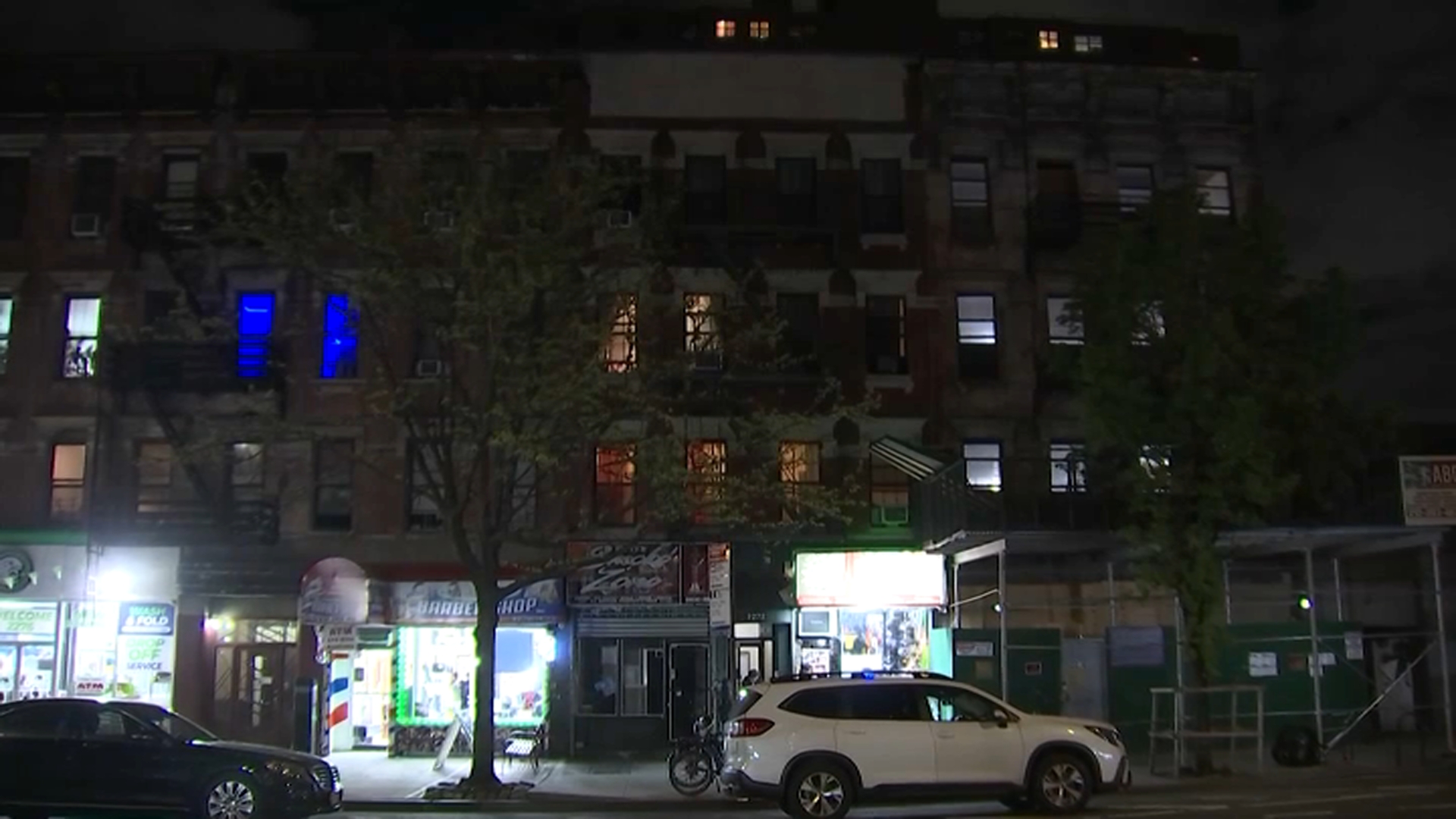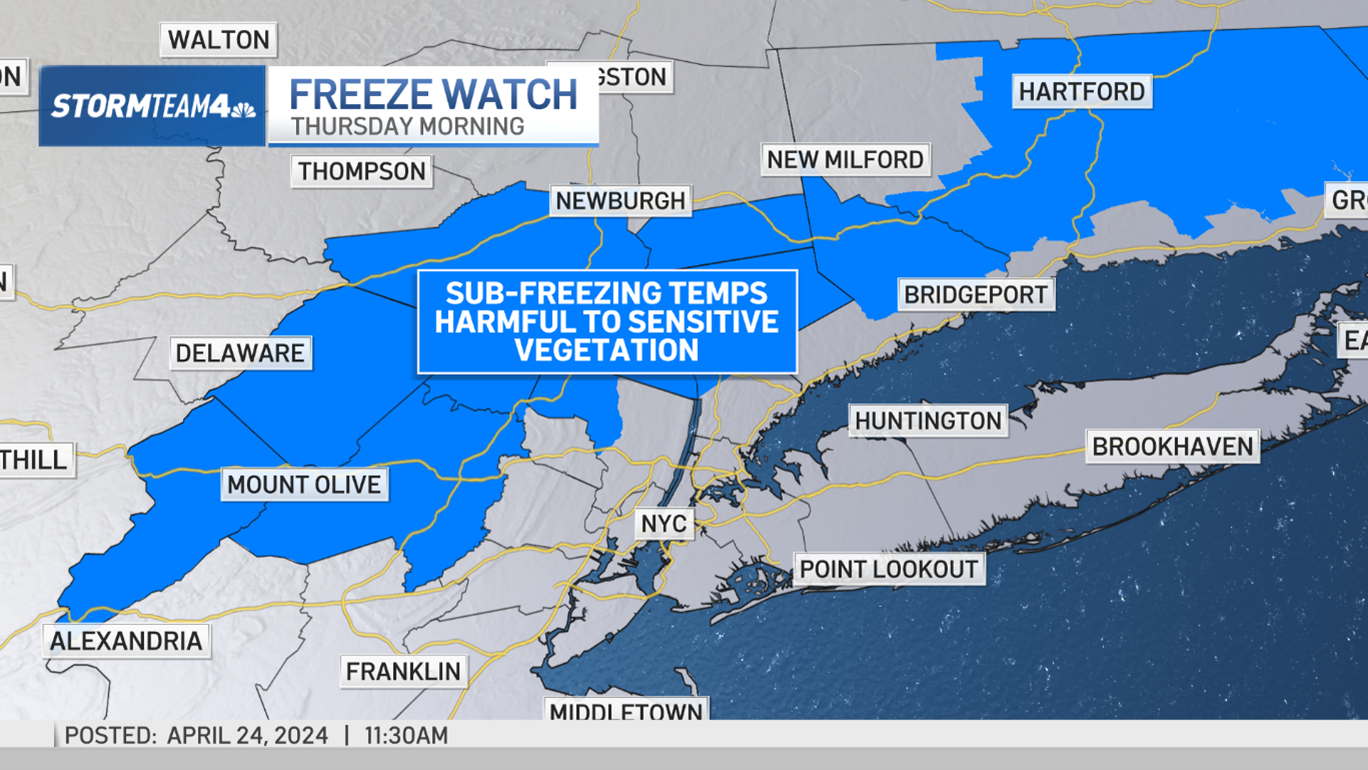Mayor Bill de Blasio defended his traffic safety program Monday despite a recent rash of pedestrian fatalities.
Since Halloween, vehicle-related incidents across the city have claimed 11 lives, a figure that has generated headlines and some criticism of de Blasio's ambitious traffic safety agenda.
On Monday, a 62-year-old man on a scooter was killed as he swerved away from an open car door. And last week an MTA bus driver was charged with a felony after he allegedly struck and killed a 70-year-old woman crossing a Brooklyn street.
A 24-hour span this past weekend was especially deadly. An 88-year-old woman was killed on the Upper West Side on Sunday when a cab hit her. A man was critically injured by a garbage truck on the Lower East Side. And another man was hit and killed by car in South Ozone Park, Queens.
But de Blasio said Monday that while any deaths are a cause for mourning and concern, the streets are safer than they've ever been and the city is on pace for a record low number of traffic fatalities.
"Vision Zero is working," said de Blasio, who touted that last year's number of pedestrian deaths was the lowest in a century. "This has just begun. This is an effort that is just over a year old and is already yielding real results."
City officials said 192 people, including 107 pedestrians, have been killed this year in the city through Sunday. Last year during that same period, there were 226 fatalities, including 119 pedestrians.
Local
And in 2013, the year before de Blasio took office and enacted Vision Zero, there were 237 fatalities, including 140 pedestrians.
A key component of Vision Zero — a traffic plan originated in Sweden in the late 1990s with the audacious goal of reducing the number of traffic fatalities to zero — is stepped-up enforcement of traffic regulations.
Police Commissioner William Bratton said Monday that NYPD officers have issued 12,000 more speeding tickets than a year ago and increased the number of tickets given for failing to yield. He attributed the rash of deaths to a random statistical "spike" and said officers would remain vigilant in enforcing traffic rules.
Over the past year, the citywide speed limit has been lowered to 25 mph, and dozens of intersections have been redesigned to make them safer for cars and pedestrians. De Blasio said Monday that more intersections would be transformed in the coming weeks.
NYPD officers has issued 104,000 speeding tickets this year — 12,000 more speeding tickets than last year. About 31,000 more failure-to-yield tickets have been issued this year, a bump up from last year's 27,000.
But a group of Queens officials wants City Hall to do more.
City Councilman Peter Koo and others lawmakers say pedestrians bear responsibility too, hinting at more ticketing for jaywalking.
"After you learn there's a test; and the test is cross the street properly. And if you fail the test, then there's going to be a ticket," said New York Senator Toby Ann Stavisky from Queens.
The city tried a jaywalking crackdown in 2014 but it stalled amid criticism that an elderly man was hurt and flustered by cops questioning him for walking across the street against the light.
"People jaywalk. Lord knows I've done it," Assemblyman Michael Simanowitz said. "But given recent activity I'm more conscious of it."
But like any other day in New York, the streets were filled with jaywalkers.
An NBC 4 New York crew found a pedestrian named Charlie jaywalking across a street in Flushing, Queens.
"What's the reason you do it?" NBC 4 New York asked. "It's faster?"
"Of course," Charlie said. "Everybody does."



